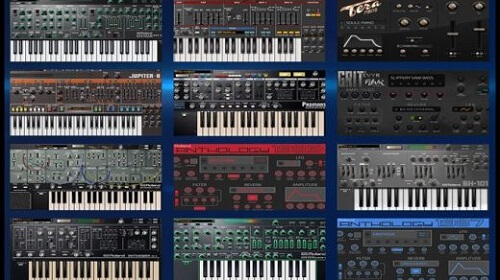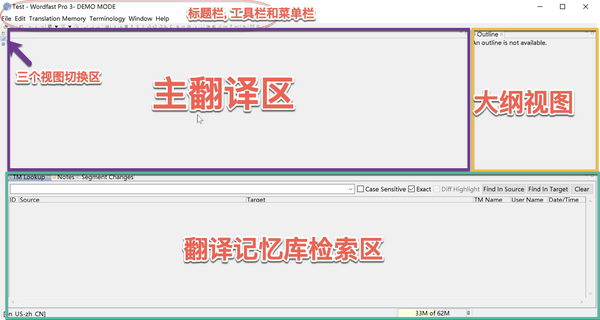

The computer becomes a workstation where the translator has access to a variety of texts, tools, and programs: for example, monolingual and bilingual dictionaries, parallel texts, translated texts in a variety of source and target languages, and terminology databases. In practice, computer-assisted translation is a complex process involving specific tools and technology adaptable to the needs of the translator, who is involved in the whole process and not just in the editing stage. 7) tried to give a more detailed explanation: At the dawn of the new century, Craciunescu, Gerding-Salas, & Stringer-O’Keeffe (2004, p. 326) defined it as “a translation strategy whereby translators use computer programs to perform part of the process of translation”. Over the years, several scholars have tried to define a CAT tool.

This is why, out of simplicity, it is often said that CAT corresponds to MAHT. However, MAHT systems represent the majority of CAT systems. Therefore, CAT is to be considered limited to technical translation rather than valid for literary translation (Naldi, 2014, p. Typically, this is the case for technical documents, e.g. In both cases, the use of these tools is useful for documents containing several repetitive structures and a stable and recurrent terminology.
#WORDFAST PRO ASSISTANCE SOFTWARE#
The conceptually important difference between MAHT and HAMT is, however, increasingly subtle from a practical point of view, as many software tools classified as MAHT suggest translation (i.e., as machine translation mechanisms) if the translation memory does not contain a usable term or expression. Human Translation (HT): translators perform all the tasks (translation, supervision, and proofreading).Machine Aided Human Translation (MAHT): translators carry out both translation and supervision, but are assisted in both phases by appropriate tools.Human Aided Machine Translation (HAMT): the translation is performed automatically by the computer but the human contribution is fundamental both for the preparation of the machine translation task (pre-editing) and for the final revision of the result (post-editing and proofreading).However, human support may be required during the final result review phase (i.e., in the post-editing phase)

Fully Automated Machine Translation (FAMT): the translation is carried out entirely by the computer without any human support.8-9) based on the amount of work done by the computer, from a higher degree to a lower degree of mechanization: It is possible to develop a taxonomy (Naldi, 2014, pp. 3.1 CAT tools: definition, advantages, and drawbacksīefore delving deeper into the concept of Computer Assisted Translation, it is necessary to shed some light on the terminology.


 0 kommentar(er)
0 kommentar(er)
